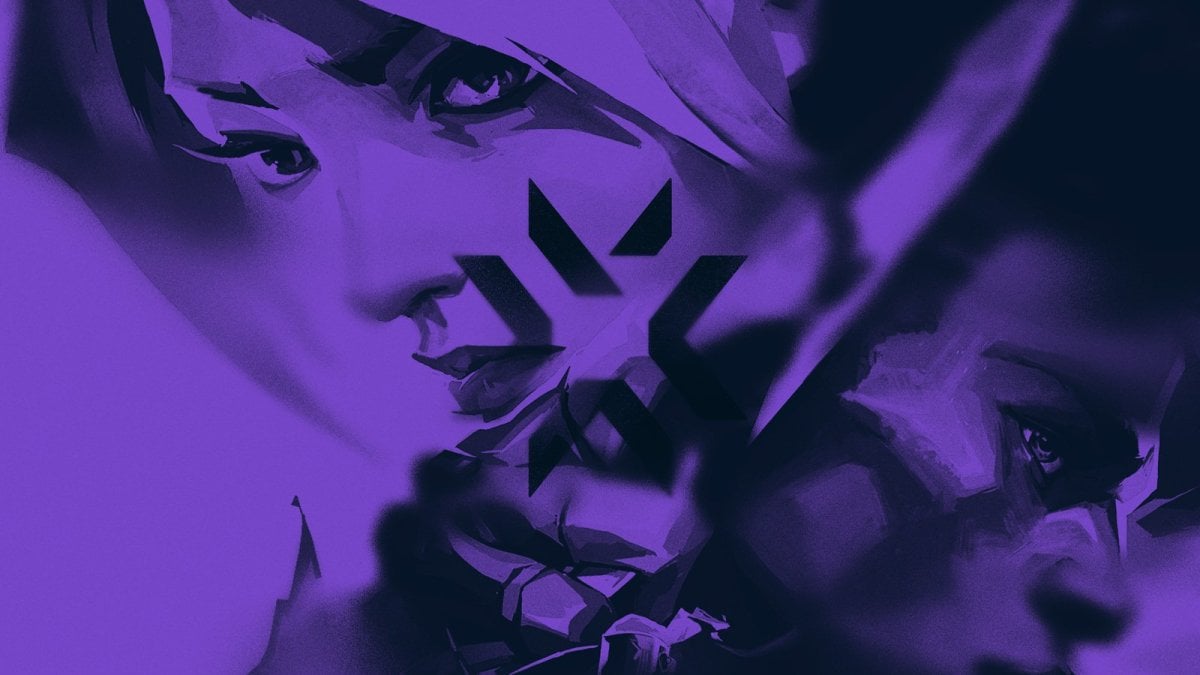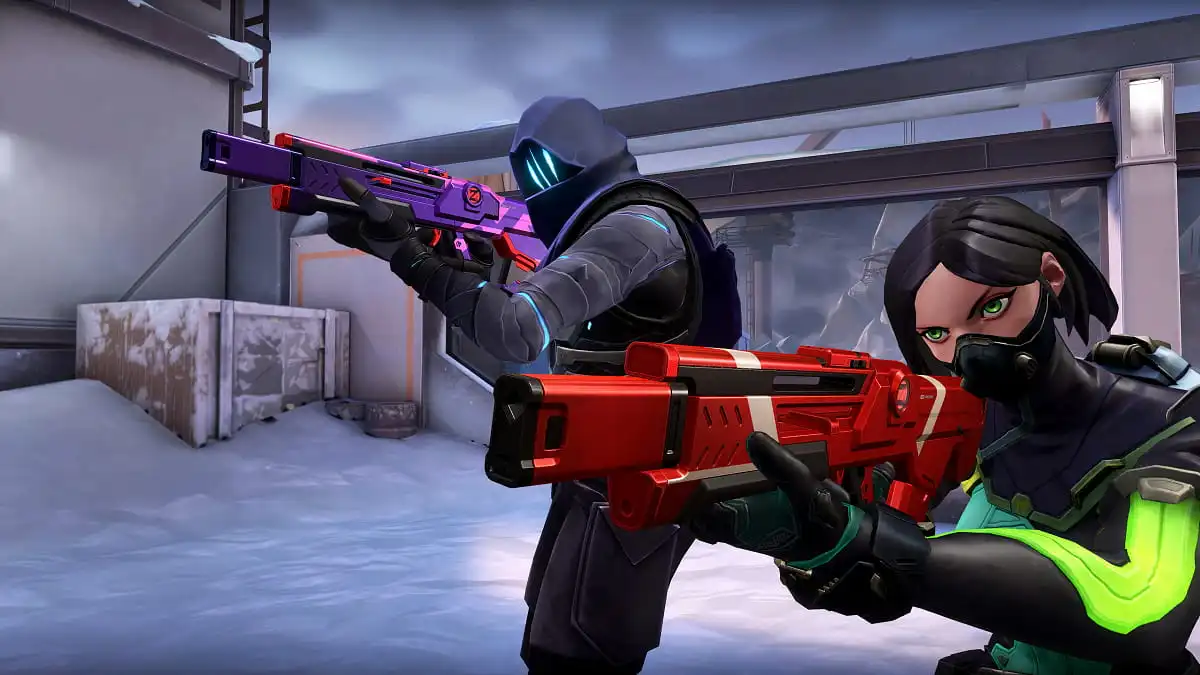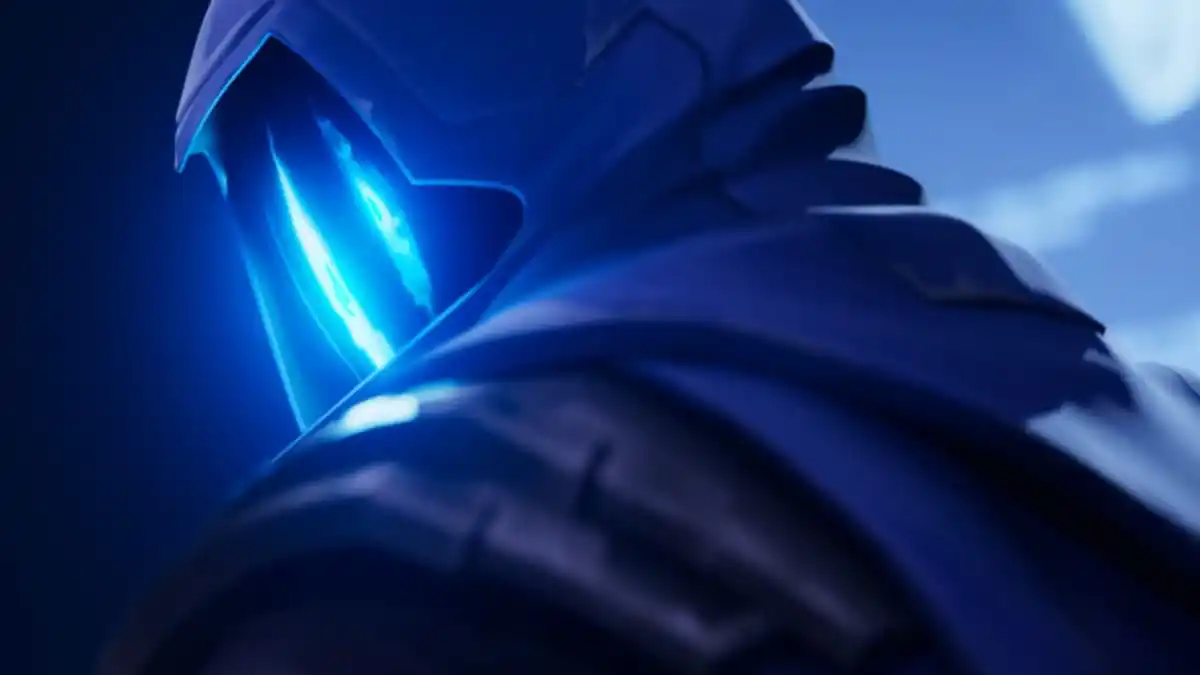The first significant international VALORANT LAN of the year, Masters Reykjavík, is finally on the horizon. The top 12 teams in the world will compete for the title and their share of circuit points to earn their spot in VALORANT Champions at the end of the year. Teams from each region will also give fans the chance to see different styles clash.
While some teams have previously competed in international events, VALORANT is constantly evolving and changing, introducing new metas. But we can take a look at each region’s performance, strategy, and compositions in VCT Stage One to get a better idea of what to expect on the international stage.
The global meta
VCT Stage One showed a clear adaptation to leaning away from Astra and using other controllers based on the map. Some teams have still kept her in their compositions on some occasions, but the majority are looking elsewhere. Expect a diverse selection of controllers that will not likely be dominated by one pick.
Jett is still one of the most selected duelists across the world and will undoubtedly be a staple pick in Iceland. Sova also consistently appeared in compositions in Stage One and it’s unlikely he will see a dip in pick rate. But the upcoming agent might dethrone the powerful initiator in future events. Other initiators like Skye will appear on certain maps like Breeze, but don’t expect her to be a staple pick.
Brazil and Latin America had lower Chamber pick rates than most other regions, but fans can expect the powerful agent to appear in other regions’ lineups. Teams have also had more time to practice with Neon, although it’s unclear if any teams will replace other duelists in their comps for her.
The current VALORANT meta is diverse and healthy, so expect an exciting tournament as the best teams in the world use a variety of agents and compositions based on the specific map. Let’s break down each region’s meta to get a better understanding of what we can expect in Iceland.
North America: The Guard and OpTic Gaming
Both North American teams have experimented with multiple compositions on almost every map. The Guard used just under 20 compositions during NA Challengers Stage One and four different comps on Split alone. OpTic also used multiple compositions on one map, with the most being four on Haven.
The Guard have the highest success rate on Icebox, Breeze, and Fracture, with a 100-percent win rate across the three maps. But they only played once on Breeze and twice on Fracture, meaning it’s unclear if they’ll continue their success in Iceland. But they played nine maps on Icebox and won them all. They used two compositions on this map, both including Jett, Sova, and Viper. They used Killjoy and Sage to round out the composition before Patch 4.04 introduced a significant buff to Omen. The Guard added Omen to their comp in all matches on Icebox going forward after the main event upper quarterfinals and also added Chamber instead of Sage. They’ll likely continue to use these two agents in Iceland since they’ve worked out well for the squad.
The Guard also have a 90-percent win rate on Haven using Astra, Jett, Killjoy, Skye, and Sova seven times, but opted for Omen instead of Astra after Patch 4.04. After week five of the group stage, they solidified their roster with Breach instead of Killjoy in the lower bracket final and grand final. They won both of these best-of-five matches with this comp, so it’s unlikely they’ll change it unless something goes drastically wrong on the international stage.
The weakest maps for The Guard are Bind, Ascent, and Split. They’ve only won 57 percent of matches on Bind and 43 percent on Ascent and Split. On Bind, they lost two out of three matches with Astra and KAY/O in their comp but won three out of four when they swapped them for Brimstone and Sage.
Ascent is a mixed bag for The Guard. They’ve won three out of seven matches on the map, including their most recent, where they switched in Omen for Astra. Split is a similar scenario, and we’ll likely see the team experiment with their compositions on these two maps to see if adjustments are needed. The Guard have already secured their place in the playoffs and will have plenty of time to scope out the competition in the group stage to help determine what changes they’ll need to make.
OpTic finished the playoffs on a high note with three-straight playoff wins. Their highest win rates are on Ascent and Bind, with 83 and 80 percent win rates, respectively. They’ve used Brimstone, Chamber, Raze, Skye, and Viper in their last three games on Bind, winning all of them. OpTic also swapped Astra for Brim after she was nerfed in Patch 4.04 on every map except Split, where they’ve maintained a 67-percent win rate while keeping her in their composition. This change paid off on Ascent since they’ve won the last four matches with Brimstone instead of Astra.
OpTic are consistent on Icebox, using Chamber, KAY/O, Sage, Sova, and Viper in all four matches in Stage One. They have a 50-percent win rate on Icebox, meaning they might adjust their roster in Iceland and could potentially swap Sage for Omen like other teams. They also have a 50-percent win rate on Haven and used four different comps in Stage One with mixed results. Both wins involved two completely different agent lineups, meaning the team is still learning which setup works the best on this map.
Fracture is still a pain point for OpTic since they’ve lost two out of three games on the map in Stage One. They stuck with the same composition in all three matches, maintaining faith in Astra, Breach, Chamber, Raze, and Viper. This is the same composition The Guard found success with, so more practice might be the key to future success. Finally, OpTic have a zero-percent win rate on Breeze, but they only played the map once, so we won’t hold it against them.
Both North American teams have found success on different maps, with neither sharing a map as a strong point. Other teams will have to prepare for a tough fight on all maps since both North American teams excel in different scenarios. But both teams have almost completely stepped away from Astra, except on Fracture for both teams and OpTic on Split. OpTic will have to fight through the group stage, so we’ll see if their commitment to the once-powerful controller pays off or if they’ll make changes on the international stage.
Europe: G2 Esports, Fnatic, and Team Liquid
G2 Esports, Fnatic, and Team Liquid used significantly fewer compositions than the North American teams. Fnatic used 10 compositions across all six maps, while Liquid and G2 only used 12.
G2 have won 100 percent of their games on Breeze and Bind in Stage One and the majority of their games on Icebox. They’ve struggled the most on Split, only winning three out of seven games on this map. This is also the map where they’ve used the most compositions, and a fourth composition might appear in Iceland to increase their success rate.
Fnatic’s strongest maps are Split, Icebox, and Fracture, although they only played one game on Fracture during Stage One, skewing the results in their favor since they won that one and only match.
Fnatic stayed dedicated to Jett, Killjoy, Sage, Sova, and Viper on Icebox, using this comp in all four matches. They almost exclusively used one composition on Split, although they replaced Astra with Omen after Patch 4.04 was introduced. But they kept Astra in their lineup on Ascent, continuing to use the same composition in all five games despite her nerfs in the patch. They beat G2 with this comp in the lower bracket final, showing it’s still possible to succeed with Astra as their controller.
Bind and Haven were similar. They only replaced Astra in their compositions, tagging in Omen on Haven and Brimstone on Bind. Fnatic only played one match on Breeze in Stage One, losing to G2, making it tough to determine if they need to make further changes.
FunPlus Phoenix won’t be competing in Iceland due to travel restrictions in Ukraine and Russia and COVID-19 restrictions. Instead, Liquid are now going in their place.
Liquid had the most success on Split in Stage One, although this isn’t saying much since they have a win rate of 67 percent. Haven is their only other map with a 60-percent or higher win rate. They have a 50-percent win rate on Bind, Ascent, and Breeze. They also failed to win any game on Icebox, losing three times.
Liquid embraced Omen and Brimstone in their latest compositions except on Breeze, where they sprung for the popular Chamber/Viper combo. They also significantly changed their composition on Bind, switching every agent except Sova between weeks two and three. But they haven’t played this map since the release of Patch 4.04, meaning we might see Astra get replaced again.
All three European teams played a significantly lower number of matches than their North American counterparts and used fewer compositions. But they’ve both followed the new meta with diverse controllers and will likely experiment more in Iceland.
The rest of the world
DRX are the dominant South Korean team with 100-percent win rates on Haven, Split, Ascent, Breeze, and Fracture. They successfully adapted to the new controller meta by using Brimstone or Omen on all maps besides Breeze, where they’ve kept the same composition featuring Viper. They have also replaced their initiator with KAY/O or Breach on all maps except Breeze, where Skye is still the dominant choice. DRX have a 33-percent win rate on Bind and a zero-percent win rate on Icebox, although they’ve only played Bind three times and Icebox once. It’s clear the South Korean team can adapt their compositions successfully and are deadly on almost any map.
Zeta Division didn’t lose a series in Stage One and have only lost three maps. During the first week of play, they lost on Bind but maintained the same agent lineup and won the next four games on this map. They lost their one and only map on Breeze, although they used the Chamber, Jett, Skye, Sova, and Viper composition that is common. All teams have off games and this small setback likely won’t be enough for them to drastically change their style. The same can be said about their map loss on Haven, which was also delivered by Crazy Raccoon. Luckily for them, Crazy Raccoon won’t be in Iceland, so Zeta Division will look to make it through the group stage without another thorn in their side.
Thailand’s Paper Rex had an undefeated run during Stage One and only lost three maps, two of which were against XERXIA Esports, who are also competing in Iceland. XERXIA lost three times during Stage One, although one loss was due to technical issues. The remnants of the X10 roster sans Patiphan easily dominated their home region under a new banner alongside Paper Rex. Both teams have adjusted their compositions to match the established meta for the most part, although Paper Rex have also thrown Neon into the mix on occasion.
KRU Esports secured their spot in another international event with a successful run through LATAM Stage One. They maintained a healthy win rate on all maps except Ascent, where they lost all three times. But one of their losses was in overtime in the grand final and this is just a minor pain point that can be remedied.
LOUD are the incredible new Brazilian team that made it through Stage One undefeated and only dropped one map. To say they’re comfortable on any map is an understatement. Their one loss on Icebox was a 13-9 defeat, which is a relatively close game.
Ninjas in Pyjamas are the other Brazilian team competing in Iceland and are a young group with only 11 games under their belt. They have a healthy 8-3 record and have seen the most success on Split and Icebox. Their compositions line up with the rest of the world, although they might need to adjust their strategy on Bind since they have yet to win a game on this map. But they’ve only played one game with Brimstone as their controller on this map and more experience and practice might be the missing element.
VCT Masters Reykjavík starts on April 10.
All statistics courtesy of VLR.gg.






